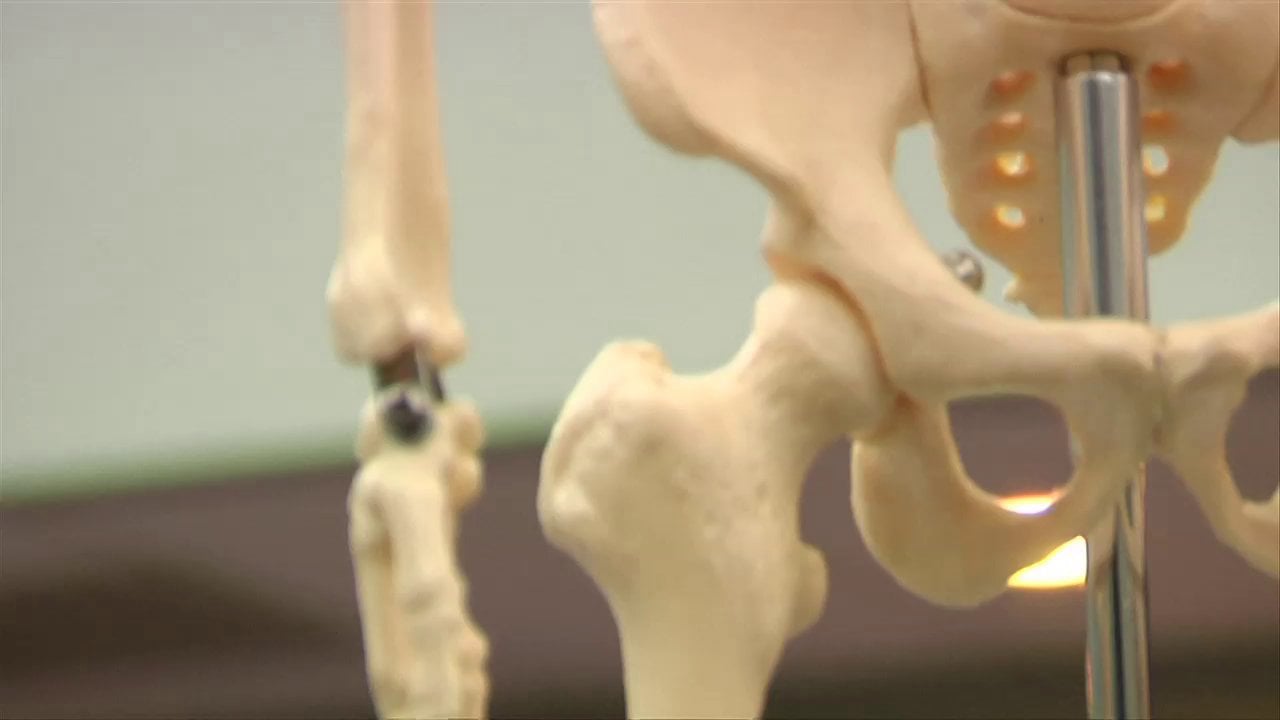
To begin, let us first introduce this study, led by professor Alex Green of the ASU’s Biodesign Institute. Green and co-authors Duo Ma and Jongmin Kim were able to create “designer RNA” which basically prompted (or perhaps more appropriately, programmed) the genetic cells to follow certain commands based on external stimuli. Labelled as “RNA switches,” cells would be combined in specific, determined ways after evaluating and responding to multiple inputs -- in the same way a computer or memory board would approach sequential operations like addition or subtraction. These logic gates followed an AND, OR, or NOT designation. For example, the AND gate would generate a certain response (typically the production of a protein) only when two RNA messages A AND B were present. Similarly, another output would be expected for the OR gate if only A OR B existed. The NOT gate would prevent either A or B from being inputted, depending on which RNA message was determined to not be needed.
This is basic programming in a nutshell. What makes nanotechnology frightening is that these processing elements are analyzed at multiple levels in mere seconds. Take note that while these three commands (AND, OR, and NOT) seem simple, the potential sequences begot from them are exponential. The fact that the circuits made using RNA parallels (and in some cases, exceeds) sophisticated computation implies a varied amount of potential uses, especially considering the limited resources of the cell.
Described more simply, researchers can now regulate specific protein production which can be applied to (theoretically) all and any RNA input. Furthermore, as these experiments are known to be considerably accurate and inexpensive, research into this field is predicted to just keep growing. This technology could be used to combat certain diseases, chiefly in areas where medical resources are limited. (Related: Programming RNA: The Future of Medicine - Carolyn Dean MD ND.)
A brave new world of neurological programmability
To what end are we speeding toward? Scientists are already suggesting furthering this research into using RNA toehold technology to produce a vast neural network within living cells. These circuits would, like a computer, be able to process both excitatory and inhibitory inputs to communicate with other cells. This is, as you would remember from your basic biology classes, how the brain works, but consider that we are talking about replicating the same process at a genetic level -- a series of computations and iterations that scientists (or maybe eventually the government) could control at their whim.
“Because we’re using RNA, a universal molecule of life, we know these interactions can also work in other cells, so our method provides a general strategy that could be ported to other organisms,” concludes Green who foresees a future in which human cells could become fully programmable entities.
It is indeed a brave new world we are seeing, but are we witnessing the horizon of progress or an image of our own impending doom?
You can read more stories like this on Research.news.
Sources include:
Please contact us for more information.























